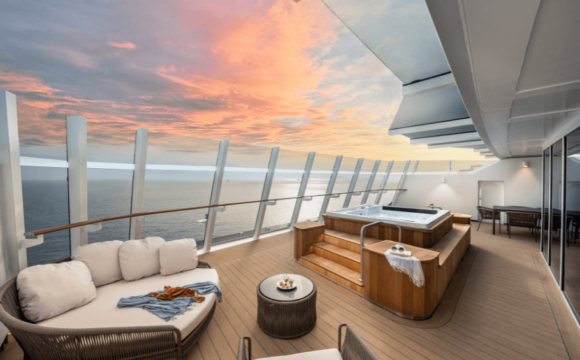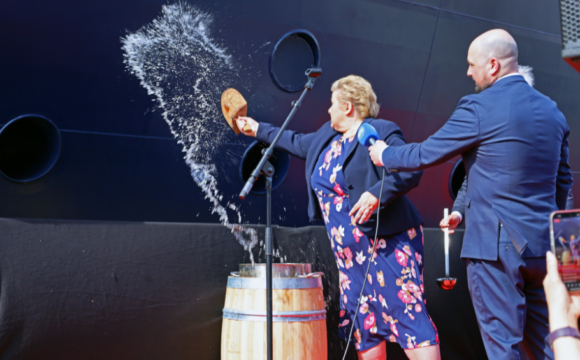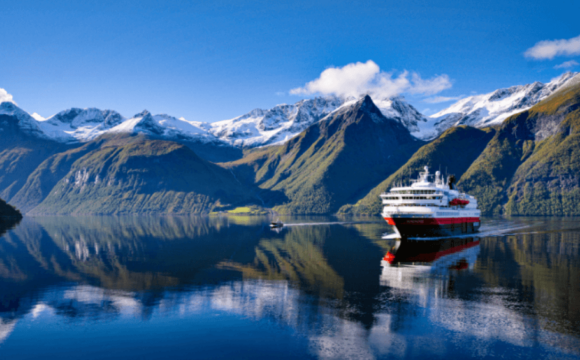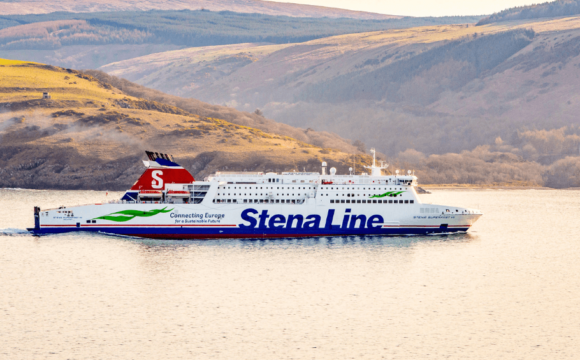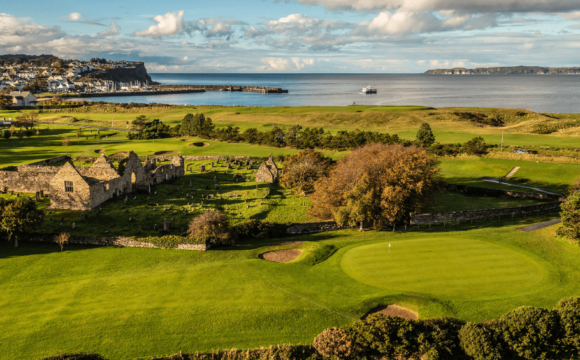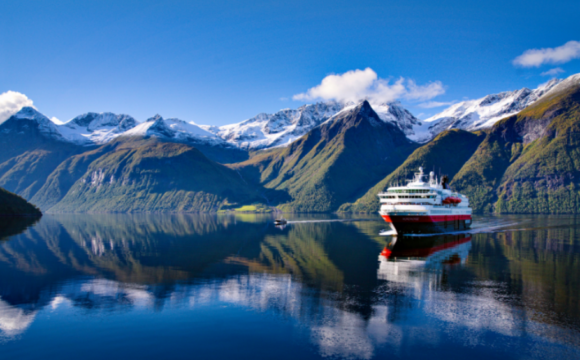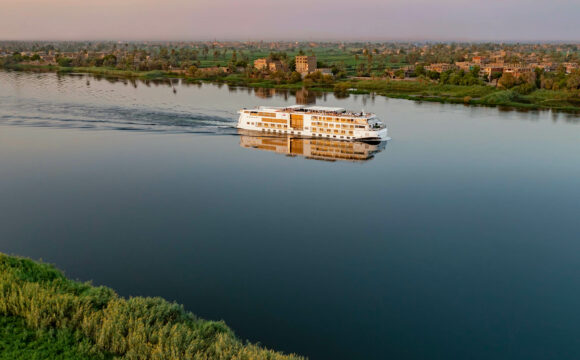From its ancient foundations as a trading port to the vibrant city of today, Lisbon’s development over the centuries has been shaped by the magnificent Tagus river, which flows through the city to the Atlantic. It is at the heart of a host of activities and experiences for visitors, including a number of new attractions that have opened in the past two years.
River Life
The Sul Sueste Station and Doca da Marinha opened last year on the Tagus riverfront, bringing new activities and attractions as well as reinforcing the role of the Tagus in uniting its two banks. The art deco-inspired Sul Sueste Station first opened in 1932, and is now home to a fleet of tour providers offering sightseeing tours, taxi boats and Hop On Hop Off trips along the river. The Tagus Centre uses technology to bring the waterway’s past to life, with multimedia presentations including holograms of people connected to the river. Meanwhile, the Doca da Marinha is now open to the public for the first time in its history. This great open space with wonderful views of the city and river features leisure areas, a cycle path, giant event spaces and restaurants serving light meals and snacks, while traditional boats provide a diverse range of river journeys from floating pontoons.
Get Hooked On Portugal’s Love Of Cod
Best known as a deep-fried accompaniment to chips in the UK, cod is a staple in Portuguese cuisine and the Interpretative Center of the History of Cod, which opened in 2020, tells the epic story of how the fish has become a symbol of the country’s gastronomy, culture and history. Using the latest technology and immersive special effects, it follows the story of cod from the countless Portuguese who risked their lives searching for the fish in some of the world’s most inhospitable seas to the latest ways of cooking it. Visitors can see a recreation of the famous sailing ship Creoula, part of Portugal’s legendary ‘white fleet’, listen to testimonies from fishermen about epic moments that their cod fishing entailed and feel the challenges and solitude of life on a dory boat, the traditional flat-bottomed craft once used for ocean fishing.
Find The Cool
Lisbon’s riverside Parque das Nações (Park of Nations) was built in 1998 to accommodate that year’s World Expo, and has since become one of the city’s coolest neighbourhoods, attracting both tourists and locals. Boasting futuristic design and wonderful views of the river, visitors can discover striking urban art, Europe’s largest indoor aquarium – the Oceanário, ride the overhead cable cars for bird’s eye views, stroll around the enchanting gardens or take to the boardwalk for a jog or cycle along the riverbank.
Head Back In History
The pretty riverside district of Belém is home to two UNESCO World Heritage sites that give visitors a fascinating window into Lisbon’s past. Work on the monastery Mosteiro dos Jerónimos started at the beginning of the 1500s and took more than 100 years to complete, but the result is a breathtaking building that is closely linked to Portuguese identity and culture. A short walk away is the iconic Torre de Belém, which was once a gateway to the city and a defence against attacks from the river, while the striking Monument to the Discoveries, built in 1940 for the Portuguese World Expo, pays homage to Portugal’s golden age of exploration.
Get close to nature
South of the river, the Tagus Estuary Natural Reserve is Portugal’s biggest wetland and one of the most important refuges for migratory birds in Europe. This area of mud, marshes and freshwater lagoons provides a home to hundreds of bird species, with more joining as they rest on their migration south. Thousands of flamingos arrive in autumn, and egrets and eagles hunt along the riverbank. There are 5km of walking trails throughout the area, with hidden hides for secret viewpoints to watch the birds in their natural habitat, and a visitor centre for more detailed information.
Waterside Flavours
The riverbank is a great place to enjoy the flavours of Lisbon, with a wide choice of alfresco dining options for visitors to enjoy the local cuisine and glass of chilled wine. The magnificent Praça do Comércio square is home to restaurants and cafes which combine river vistas with some of Lisbon’s most spectacular architecture, while Parque das Nações is also home to lively waterfront bars and restaurants. The trendy old port district of Alcântara sits beneath the 25 de Abril Bridge, and the old warehouses of Docas de Santo Amaro have been transformed into waterfront eateries and cool rooftop bars.
Iconic Views
The 110m tall Santuário do Cristo Rei statue of Christ on the south bank of the Tagus was inspired by Rio de Janeiro’s Christ the Redeemer. Visitors can take a lift to the viewing platform that is 80m up, for magnificent views of the city and the iconic Ponte 25 de Abril bridge that stretches across the river at this point.
Another great way to discover the Ponte 25 de Abril bridge is the Pilar 7 Bridge Experience in Alcântara. This interactive centre allows visitors to have a unique experience of the bridge – considered one of the prettiest in the world – via a tour that takes in the exterior areas of this key pillar and the sensory experience of visiting its interior. It ends with an elevator ride up to a panoramic viewing point that provides an unrivalled view of the city and the river.
Breathtaking river views can also be found from Lisbon’s many miradouros (viewing points). Located throughout the “city of seven hills”, they are perfect places to sit and relax, while many have cafes serving refreshments.
For more information, ideas and inspiration on visiting Lisbon, please go to www.visitlisboa.com.







